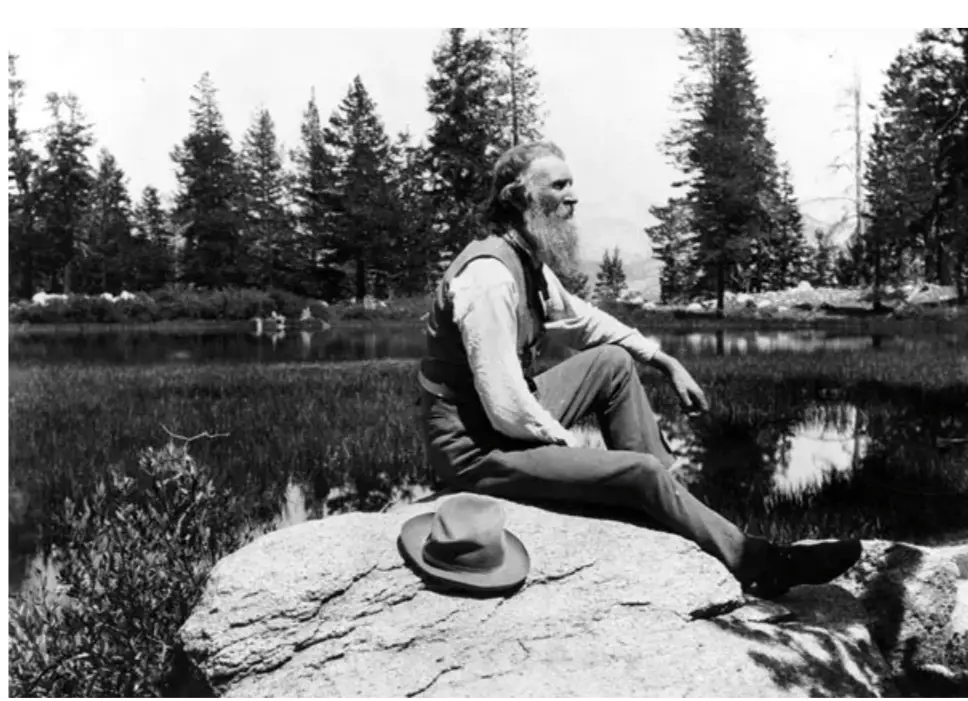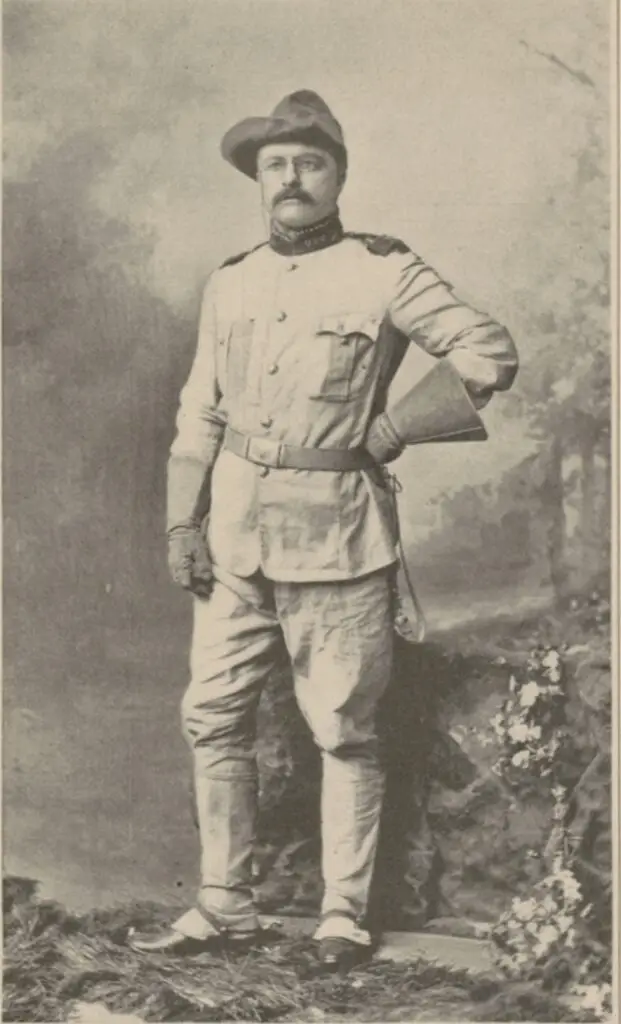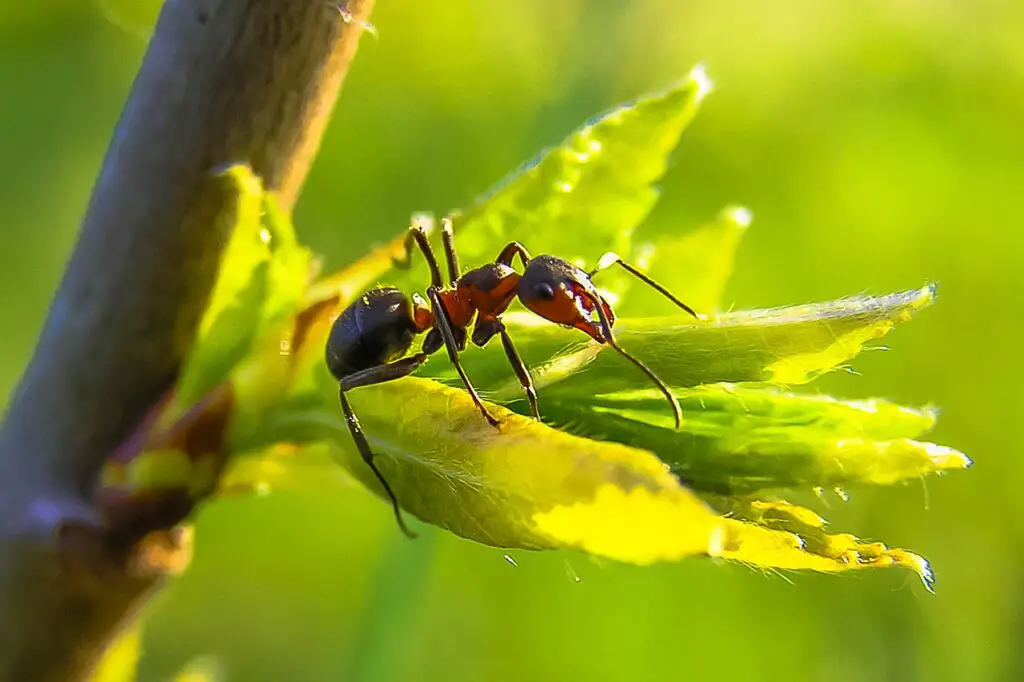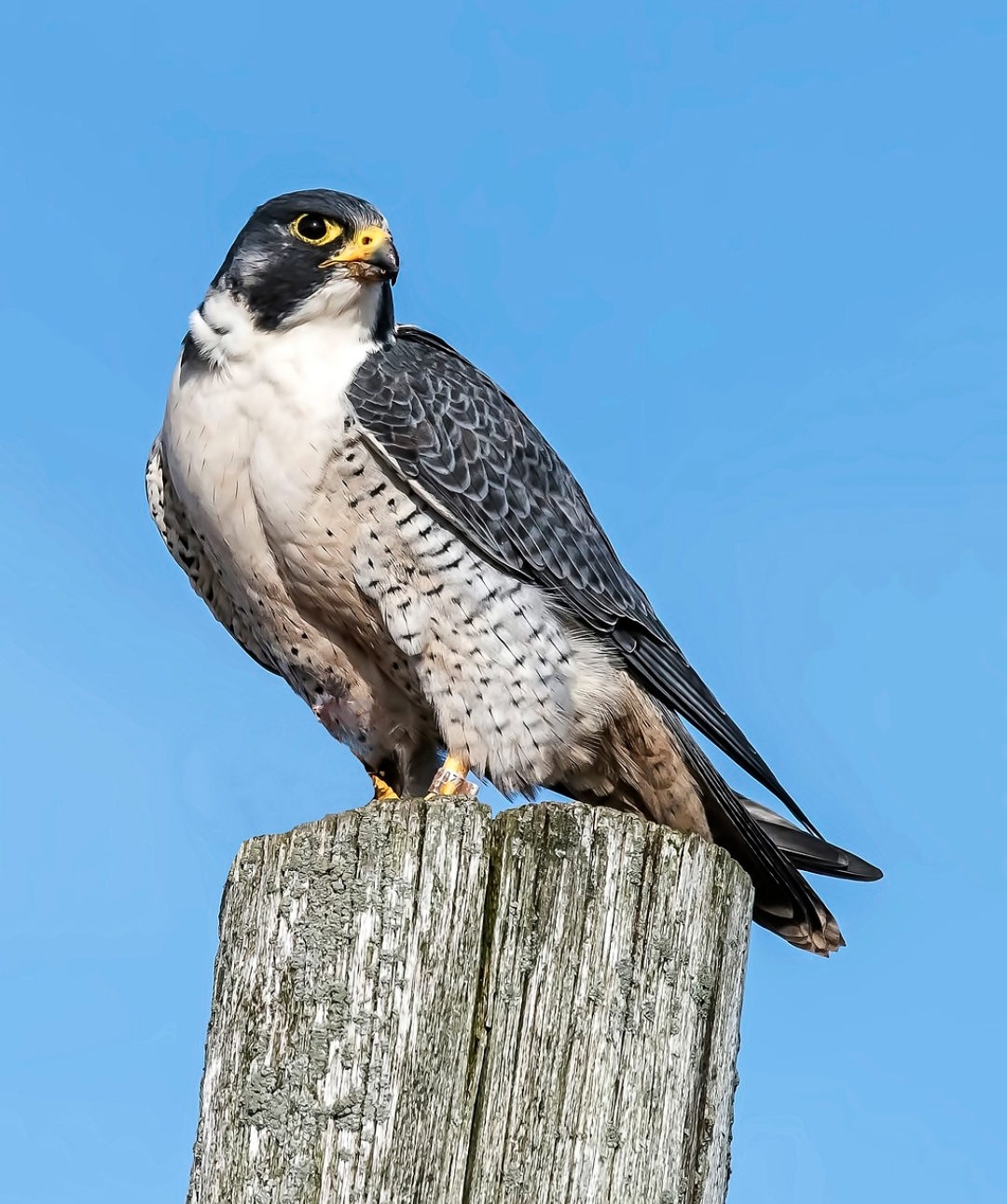Some history figures deserve a special place for their commitment toward the natural world. Although these icons span across all continents and centuries, they didn’t just protect the wildlife on earth but started a worldwide movement that only gets more strength and urgency by day. From the rugged landscapes of the American West to the green carpets of African forests and the depths of the ocean, the legacies of these pioneering conservationists continue to be echoed through the years. These were stories of ordinary people but giants in a sense, who through sheer will created oceans of change around the world and inspired thousands upon thousands of others to follow in their wake.

John Muir was one of the very first nature crusaders in the United States. Born in Scotland in 1838, Muir’s life took a revolutionary turn when he went to the United States. He discovered his true self as a naturalist in the vast expanse of the American West. It is from there, amidst the towering sequoias and granite cliffs of Yosemite, that Muir found his calling. His forceful writings and his struggles for the protection of wild nature have resulted in the formation of many national parks, among them Yosemite and Sequoia National Parks. Through his work, he continues to inspire generations well after his lifetime in the sense that he founded Sierra Club together with his fellow peers, and it still takes the frontline lead even after his death. The substance of the modern conservation movement was the vision of Muir to see nature as a reserved domain to be protected and safeguarded for later generations.

Conservation entered the political campaign through Muir’s movement when Theodore Roosevelt became president in 1901 to 1909. He was a great outdoorsman and hunter and realized that the natural resources of America must be safeguarded from exploitation. He created the United States Forest Service during his presidency and established 150 national forests, 51 federal bird reserves, and five national parks. Apart from those, such significant conservation moves were prevalent during the rule of Roosevelt. His administration created an extremely strong precedent for the governmental role in conservation. He also supported the idea that the natural resources of the nation were to be dealt with and protected for all the Americans, not for a select few. Through his efforts, millions of wild acres will be preserved for all time to come and earn him a place in the pantheon of the most important persons in the annals of conservation.

Whereas Roosevelt concentrated on policy, Aldo Leopold brought the philosophical approach toward conservation. Leopold was born in 1887 and is most known through his book “A Sand County Almanac.” There he develops the idea of a “land ethic.” He argued that people should consider themselves part of nature and take responsibility for its well-being and biodiversity. His writings always intrinsically held as valuable all living things, not only when they could serve humanity in some way. His work proved very instrumental in pushing the conservation movement to its toes and towards a holistic approach of recognizing ecological interconnectedness. The philosophy of Leopold is still influential on environmental ethics and conservation policies worldwide.
As history marched towards the 20th century, conservation soon began to push boundaries beyond the United States. Jane Goodall was to emerge as one of the greatest figures in wildlife research and conservation. Born in 1934, London, Goodall visited Tanzania in 1960 and started a groundbreaking chimpanzee study at Gombe Stream National Park. It busted myths of primate behavior, including what turned out to be complex social structures and emotionality within the chimpanzees. Her work revolutionized what we understand about primates and how utterly unpalatable it was to protect their habitats. Through the work of the Jane Goodall Institute, she continues to inspire a global movement in the protection of endangered species and their environments through constant advocacy for conservation and welfare for animals.
Nor was Rachel Carson contemporaneously lamenting the pollution of the environment. She was writing about the dangers posed by pesticides and other dangerous chemicals. An American marine biologist and a writer, Carson in 1962 published “Silent Spring,” revealing the devastating effects of DDT coupled with a myriad of chemicals on wildlife, especially birds. Some thorough research written in brilliant prose by Carson raised public outcry that led to radical changes in U.S. environmental policy, leading, among other things, to the ban on DDT use. Her work has been influential enough to challenge the timing and cause the start of the modern environmental movement. As can be gleaned from the evidence, science and communication are powerful vehicles for change. The legacy of Carson lives on in the ongoing efforts for regulation of chemicals that harm the environment and in the overarching effort to save the planet from harmful human activity.
David Attenborough would likely be but the second individual in the history of earth, after Jane Goodall, to have focused attention on the beauty and fragility of nature. From twenty-odd years of documentaries by Attenborough to their latest documentary, “Planet Earth,” they have long been astonishing audiences at large to the wonders of nature. Born in 1926, David Attenborough has become a household name as he leads one of the nations’ biggest wildlife and environmental advocates. His work, including the otherwise highly acclaimed landmark series “Planet Earth” and “Blue Planet,” has heightened awareness of the pressing issues facing our planet-from climate change to extinction. Attenborough has done a superb job of connecting viewers and mobilizing countless people to take actions on behalf of conservation and remains one of the most galvanizing voices active today.

The great E.O. Wilson was a biologist whose work served as the foundation for changing our understanding of biodiversity, that is not forgotten by conservationists. Wilson was born in 1929 and is known for his work on ant studies, which eventually led to the theory of island biogeography-a crucial corner stone in conservation biology. A staunch conservator of Earth’s biodiversity, Wilson recommended that we should conserve half the Earth’s surface to ensure that most species survive on earth. In “Half-Earth, “he proposes a start for the world on a new route toward raising discussions about the scale at which such mass extinction would require conservation. Wilson’s work underlines to the world that it has the imperative need to preserve all the rich tapestry of life on Earth, not merely for its own sake but for the survival of humankind too.
Wangari Maathai is the first environmentalist and, at the same time, the first champion of social justice in Africa. Born in 1940 in Kenya, in 1977, Wangari Maathai founded the Green Belt Movement-an organization encouraging communities, primarily women, to plant trees to halt deforestation and restore degraded environments. Her work not only helped reforest vast parts of Kenya but also empowered women while advancing sustainable development. In 2004 she was the first African female Nobel Peace Prize winner, honoring efforts toward the goals of sustainable development, democracy, and peace. There is much to be learned from Maathai’s life and work about the inextricability of environmental and social issues and how her efforts are remembered and continue to inspire environmental activism across Africa and beyond.
Sylvia Earle’s career has had as its focus the exploration and protection of the world’s oceans. Earle was born in 1935. She is the world’s most famous marine biologist, oceanographer, and explorer who has led more than 100 expeditions and spent over 7,000 hours underwater. Her work documented the beauty and diversity of marine life. Her work has helped increase awareness of the necessity for marine conservation especially when the threats such as overfishing and pollution are mounting. Her organization, Mission Blue, still campaigns for “Hope Spots”-marine protected areas-as they are critical for the survival of the ocean. The passion Earle has for the ocean and the relentlessness of work she does put her at the forefront of many marine ecosystems across the globe.
Lastly, there is George Schaller in the field of biology and conservation. Born in the year 1933, Schaller has done pioneering work with some of the world’s most astonishing and endangered species: gorillas, tigers, and pandas. His work not only contributes to better understanding but also paved the way for protected areas and conservation programs worldwide. The scientific approach, in the interest of conserving things that Schaller uses, is on-the-ground research coupled with participation by local people, though maintaining the scientific integrity along with cultural relevance. He mostly contributed to the biodiversity of some of the most inaccessible as well as ecologically fragile regions of the world.
These ten, with their unique contributions, have played their part in a role integral to the development of wildlife conservation. Theirs is the contribution that has gone far beyond the protection of countless species and ecosystems; they are inspiring a global movement that is strengthening every day. Their legacy reminds all of us of the potential of the individual to take initiative – to spark – the necessary changes in response to the environmental challenges of the 21st century. In their dedication, vision, and passion, they have shown us that the world of nature must be protected for it is through such protection that the survival of all life on Earth may be assured.



